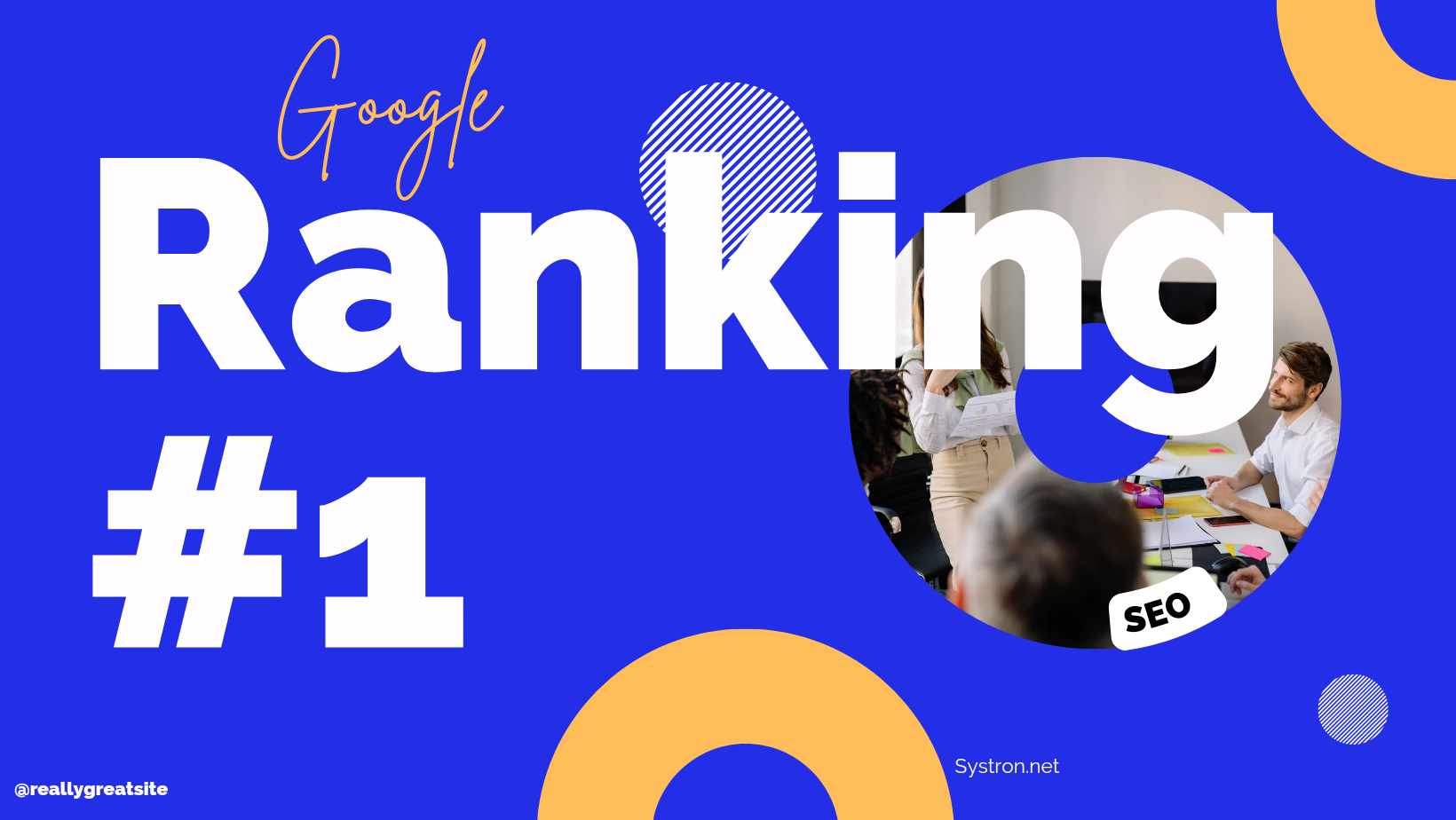Ranking #1 on Google is a coveted achievement for any content creator, and achieving this requires a structured and strategic content creation process. Here’s a comprehensive guide on how to craft content that can climb to the top of Google’s search results.
1. Understand Search Intent
The foundation of creating top-ranking content starts with understanding search intent, which is the reason behind a user’s search query. Analyzing the top-ranking pages for your target keyword can help you determine the “Three Cs” of search intent:
– Content Type: Identify whether the top results are blog posts, product pages, videos, or another format.
– Content Format: Determine whether the content is typically presented as a listicle, guide, tutorial, or another structure.
– Content Angle: Notice if the content is tailored to beginners, experts, or if it emphasizes the most recent information.
For instance, if you’re targeting the keyword “best frying pans,” and most top results are listicles from recent years, you should aim to create a similar but more comprehensive and updated listicle.
2. Comprehensive Content Coverage
Once you understand the search intent, your content must cover all the topics and subtopics that users are likely looking for. This can be done by:
– Examining Common Subheadings: Look at the subheadings across top-ranking pages to ensure you’re covering all relevant areas.
– Using the People Also Ask Box: Google’s “People Also Ask” feature provides insights into additional questions users might have about the topic.
– Content Gap Analysis: Use tools to compare top-performing content and identify subtopics that your competitors might have missed..
3. Choose the Right Content Type and Format
Your chosen content type and format should align with what users expect and what Google is ranking. For example, if your research shows how-to guides are the most popular format for your keyword, create a detailed guide that offers step-by-step instructions.
4. On-Page SEO Optimization
After creating your content, ensure that it is optimized for on-page SEO. Key aspects include:
– Including Keywords in Titles and Headings: Ensure that your primary keyword is in the title and other important headings.
– Optimizing URLs and Meta Descriptions: Use clear, descriptive URLs and write compelling meta descriptions to increase click-through rates.
– Using Alt Text for Images: Help Google understand your images better by using descriptive alt text.
5. Build and Leverage Content Hubs
Creating content hubs, or topic clusters, can significantly boost your content’s relevance and ranking potential. A content hub typically consists of a pillar page that covers a broad topic and several subpages that delve into specific aspects of that topic. Internal linking between these pages strengthens the semantic relationship and can attract more backlinks, further enhancing your SEO efforts.
6. Consistent Content Updates and Improvements
Finally, maintaining a #1 ranking often requires regular content updates. Google favors content that is fresh and up-to-date, so periodically review your content to ensure it remains relevant and competitive.
By following these steps, you’ll be well on your way to creating content that not only ranks but also meets and exceeds the needs of your audience.
Achieving Google’s Top Spot: Essential Content Creation Techniques
